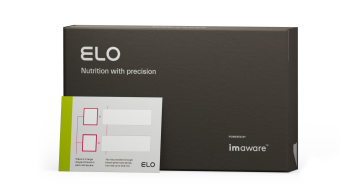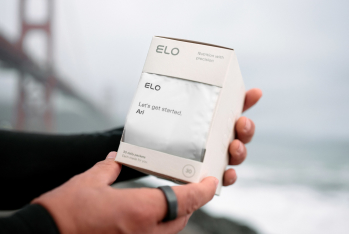(Ultimate CGM Review) Ari Tulla, Elo co-founder, uses Levels Health CGM for a whole year. Here’s what happened.
From diet and energy levels to disease prevention and nutritional intake, glucose tracking can provide a deeper understanding of your overall health. While a continuous glucose monitor (CGM) is a helpful tool commonly used by diabetics, it’s been growing in popularity among the general public, too. Elo co-founder, Ari Tulla, monitored his blood sugar with Levels Health CGM for an entire year. Read on to find out what happened.
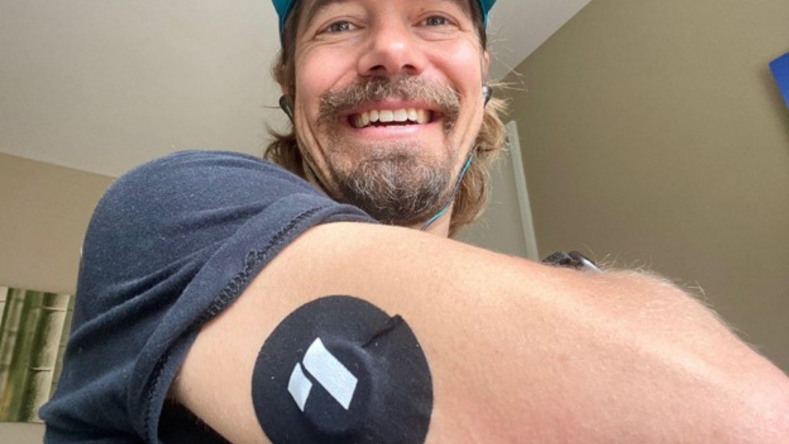
Whether you want to fine-tune your diet or optimize sports performance, monitoring glucose levels is a way to gain a deeper insight into your overall health. Glucose tracking offers a direct view into how food and lifestyle choices affect your blood sugar, thus allowing you to personalize your diet and optimize your own metabolic health.
This is where Levels Health comes into play, a CGM system designed to provide a direct, near real-time view of your metabolism. By analyzing your glucose levels, Levels Health identifies what foods might be holding you back from peak performance, thus offering insight into what foods to eat and when to eat them so you can optimize athleticism, recovery, and mental clarity.
Elo co-founder, Ari Tulla, has always been curious about tracking human health and performance. Keen on trying a CGM, Ari subscribed to Levels Health’s continuous glucose monitoring service and diligently tracked the highs and lows of both his blood sugar and the program for the last twelve months.
Now that a year is up, it’s time for Ari to share his thoughts. Before he dishes out the pros and cons of Levels Health CGM, let’s summarize what a CGM is, how it works, and what glucose tracking may mean for health, wellness, and disease prevention.
What is a CGM?
A continuous glucose monitor (CGM) is a helpful medical system designed to continuously monitor your glucose (aka blood sugar) levels in real-time. This will update as frequently as every 5 minutes, which will then translate into dynamic data to show both glucose levels and rate of change [ 5
Benefits of glucose monitoring
Glucose tracking can provide a deeper understanding of your overall health, as it offers insight into diet, exercise, and energy levels [ 2 1
Continuous glucose monitoring may also lead to an earlier diagnosis of pre-diabetes or diabetes, which could be helpful for individuals at higher risk for these conditions [ 3
Glucose monitoring is not a foolproof way to improve health; it just provides insight for you to make more informed choices when it comes to food and physical activity.
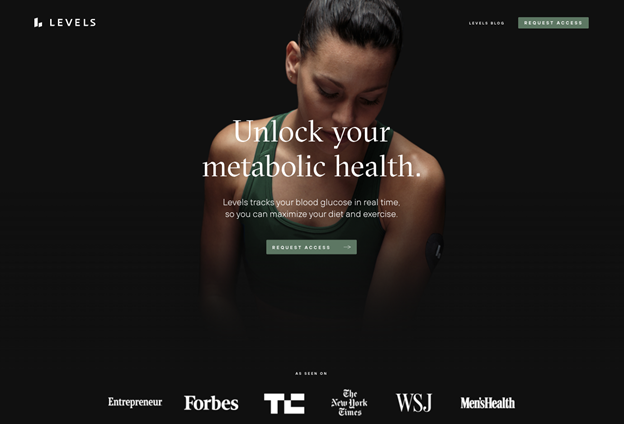
Why Ari wanted to try Levels Health
Ari has always had a keen interest in health and wellness and enjoys learning about nutrition’s impact on the body. Through previous work, Ari learned a lot about glucose, insulin, and the importance of eating the right amounts of carbs, which ultimately prompted him to dive into the world of CGMs. Previously, these systems were difficult to obtain due to doctor prescription requirements, but after hearing about Levels Health on a podcast, Ari decided to give it a whirl and see if CGMs would really make a difference in his health.
Before starting with Levels Health, Ari wanted to validate his theory of feeling “off” when eating certain foods (such as oatmeal, white bread, and white rice), as he assumed they were related to glucose spikes. Additionally, Ari was curious as to whether a CGM could help optimize how he fuels for his long, multi-hour bike rides
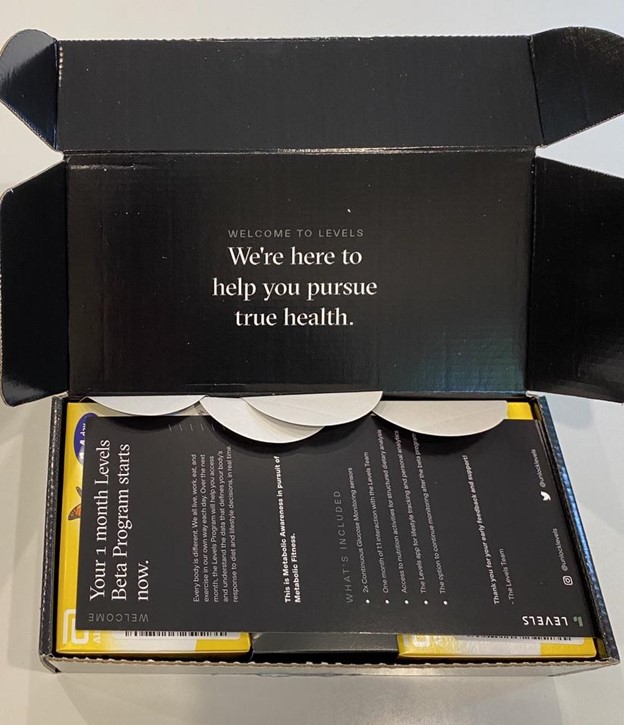
How does the Levels Health program work?
Levels Health 4
To get started with Levels Health, you need to request access to the platform. Once you’re approved, you will be prompted to answer a few questions to get your prescription, and subsequently pay for the first month’s service. The Levels team then helps you download the app (via Apple TestFlight) and ships you the first two Abbott Libre
Once you receive your CGM sensors, you’ll be provided instructions on how to apply the sensor to your arm, as well as how to connect it to the Levels app. On the app, you’ll discover accurate, actionable insights in real-time that will help build your personal activity catalog. Levels Health has also developed a “learn” section to help you understand this metabolic data in more detail.
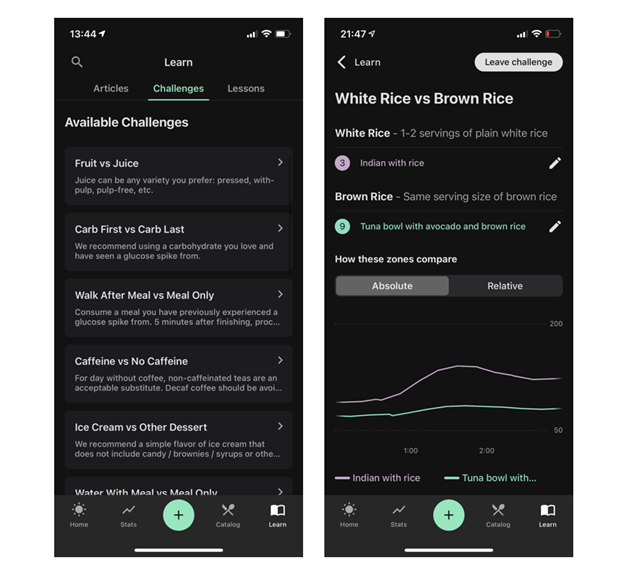
Using Levels Health to understand glucose metabolism
Levels Health has developed a useful guide for you to follow during the first few weeks so you can better understand your metabolic health. Here is what each week looks like:
Week one: Eat and live a normal lifestyle to establish your baseline.
Weeks two and three: Complete a few simple “challenges” to understand how your glucose metabolism reacts to different foods and activities. Some examples of these “challenges” include comparing white rice to brown rice; walking after meals instead of being sedentary; and eating fruit compared to drinking fruit juice.
At least twice a day, you need to tap your phone to the sensor so the Levels App can automatically store the glucose graph and calculate a 1-10 score for that specific event. You can compare your performance from day to day and meal to meal, and even compare different meals and activities side-by-side.
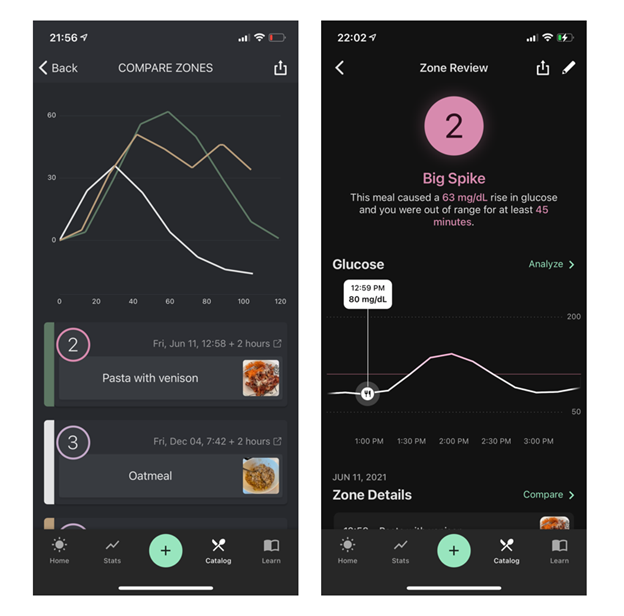
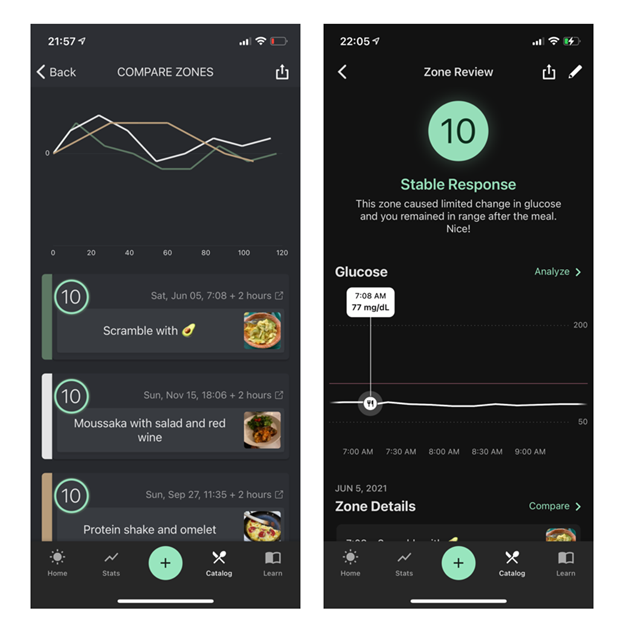
This is important data to have, as you can determine what foods may be causing blood sugar spikes and mid-day energy crashes that hold you back from peak performance. It can also help you eat the right foods at the right times to help you optimize fitness performance, gains, recovery, and mental clarity.
Overall, Levels Health gives you a direct view into how your food and lifestyle choices affect blood sugar so you can personalize your diet and optimize metabolic health.
Pros and cons of Levels Health
Ari tried Levels Health for an entire year to see if it was beneficial. Here are some pros and cons he experienced while using the program.
Pros
A deeper understanding of nutrition.
After monitoring his glucose levels for a year, Ari developed a deeper understanding of how different foods influence his glucose metabolism. Level Health’s CGM validated that most of Ari’s favorite foods are “good” from a glucose metabolism perspective. This means that his levels stayed stable when eating scrambled eggs, moussaka with salad, and a protein shake alongside an omelet. Similarly, foods that showed a glucose spike were ones that Ari initially theorized to be problematic, such as pasta, oatmeal, and Pad Thai.
Tune into glucose spikes.
Downplaying your body’s natural cues can lead to ignoring them altogether. However, Ari found that the CGM’s continuous tracking helped him tune in to his body’s needs and heighten his self-awareness. Ari even developed a faint sound in his ears when his glucose started to spike, which was not something he expected to happen.
It's easy to access.
Before services like Levels Health
,
it wasn’t easy to get access to a CGM, as you had to get a doctor’s prescription and buy the devices yourself. Ari appreciated that Levels Health made the process easy, as they handled the prescription and delivery after the initial onboarding questionnaire.Ancestral diets might be a real thing.
Ancestral diets (which refers to foods your ancestors have eaten) may provide additional insights when it comes to your glucose response [ 6
Cons
It can get repetitive.
While Ari found the initial findings to be insightful, he expressed that the value diminished over time due to the lack of new findings. Basically, his glucose response to a kale salad remained the same no matter how many times he ate it for lunch. This repetitive data could be seen as monotonous, which may be a deterrent for some people.
Glucose tracking is a lot of work.
Between taking photos of each meal, writing a description, switching sensors every 14 days, and reading them multiple times a day, there are a lot of steps required to get the most out of Levels Health. In fact, Ari went through 28 sensors and tracked 1,000 meals over the test year period. There were also a few times when Ari forgot to read the sensor first thing in the morning and thus lost the data from the night before.
Prices are steep.
Presently, the service costs $399 for the first month, and then $199 for subsequent months. It’s costly, so make sure that this service is something you want to invest in before requesting access.
Hard to use while exercising.
As an avid cyclist, Ari was thrilled to test his concept of optimizing sport-fuel-intake with a CGM. However, the US version of the Abbott Libre sensor required him to read the sensor by tapping it with his phone for updates. This was impossible to do while riding a bike, so Ari was unable to test this hypothesis.
Application difficulties and allergic reactions.
If you haven’t applied a CGM before, it can be an intimidating process. Ari notes that the first time can be a bit scary, but after a few times, it gets easier to switch to a new sensor. Additionally, some people have reported allergic reactions after using the sensor for multiple months; thankfully this was not the case for Ari, even though he wore 28 sensors over a year’s time.
Overall, Ari was happy with his experience and learned a lot while using Levels Health. Ari would recommend CGM to people who want to take a deeper dive into their health, as he feels that it’s worth the effort, cost, and time involved.
Other CGM companies
Levels Health isn’t the only company offering CGM to consumers — there are other startups using the existing CGM technology or aiming to develop a novel glucose sensor. Here are some services that use one of the existing CGM sensors.
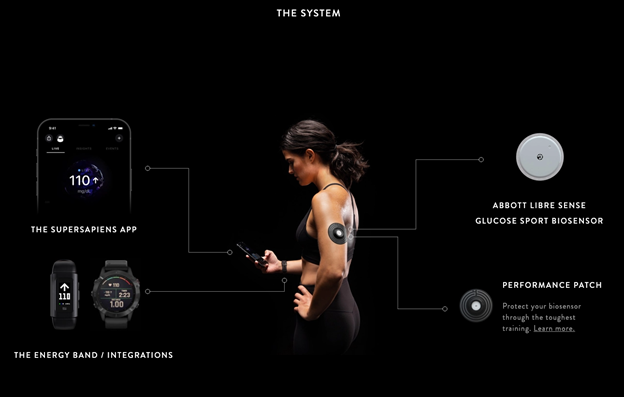
Supersapiens
Supersapiens Abbott Libre Sense piece
Best for: cyclists, runners, triathletes and other endurance athletes.
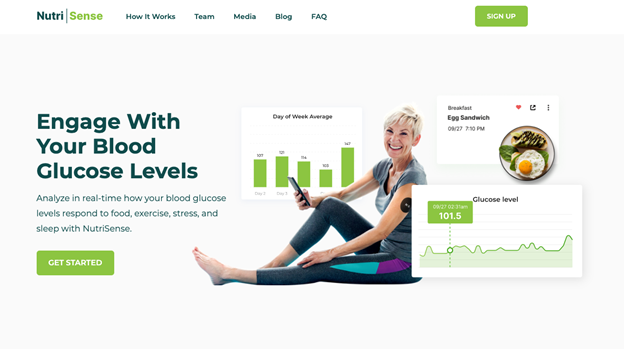
Nutrisense
Nutrisense
Best for: Anyone who is interested in their metabolic health.
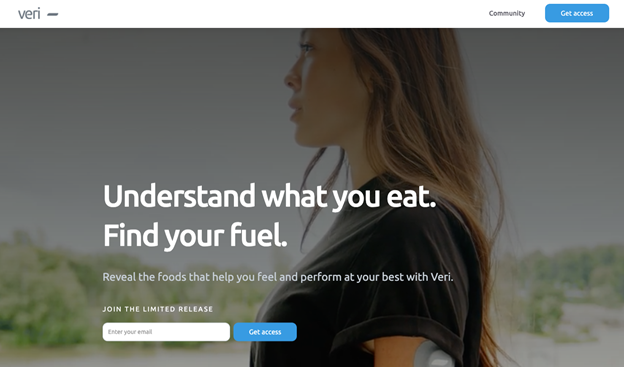
Veri
Veri
Best for: Anyone who is interested in their metabolic health.
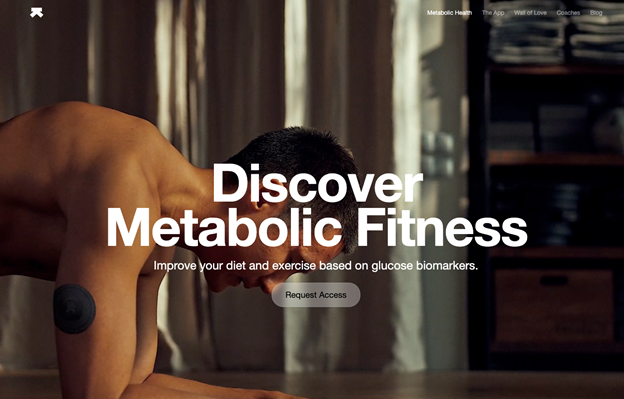
Ultrahuman
Ultrahuman
Best for: fitness enthusiasts who want to track their metabolic fitness.
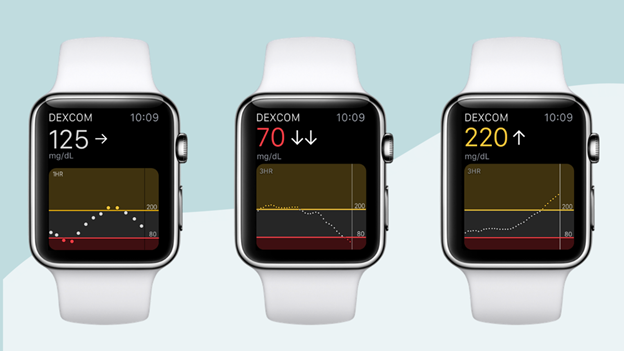
Future of CGMs
Considering the market activity and internet chatter, there’s no question that continuous glucose monitoring is here to stay. It isn’t unrealistic to assume that over the next 2-5 years, CGM will move from an under-the-skin sensor to wrist and ring form. A few companies such as Rockley PKVitality Quantum Operations
Elo Health hopes to include continuous glucose monitoring as part of its service once it becomes a bit more mainstream.
Summary
From diet and energy levels to disease prevention and nutritional intake, glucose tracking can provide a deeper understanding of your overall health, as it offers insight into diet, exercise, and energy levels [ 2 1
Services such as Levels Health provide biometric feedback through CGMs to show how your body reacts to food and exercise. Since metabolism regulates many different bodily functions (such as sleep, appetite, weight, and energy levels), Levels provides an abundance of beneficial insights through personalized data. Throughout the year of trying Levels Health, Elo co-founder Ari Tulla found that he gained a deeper understanding of nutrition, but wished that the process worked during exercise. Overall, Ari had a good experience and would recommend it to people who want to further optimize their health.
Levels Health isn’t the only company with a CGM, as other services also use one of the existing CGM sensors. With so much market activity and internet chatter, there’s no question that CGM technology is here to stay, and Elo Health hopes to include CGM as part of its service in the future.
Key Takeaways
Keeping track of glucose levels can help prevent or delay long-term health problems (such as heart disease, vision loss, obesity, and kidney disease) [
1
].By analyzing your glucose levels, Levels Health offers insight into what foods to eat and when to eat them so you can optimize athleticism, recovery, and mental clarity.
Since metabolism regulates many different bodily functions, Levels provides an abundance of beneficial insights through personalized data.
For those who are interested in getting a better sense of metabolism and glucose levels, Ari feels that it’s worth the effort, cost and time involved.
CGM technology is the future of nutrition, and it’s here to stay thanks to many other services using one of the existing CGM sensors.
Resources
Burge, M. R., Mitchell, S., Sawyer, A., & Schade, D. S. (2008, April 1). Continuous glucose monitoring: The future of diabetes management. Diabetes Spectrum. Retrieved September 22, 2021, from https://spectrum.diabetesjournals.org/content/21/2/112.
Riddell, M., & Perkins, B. A. (2009). Exercise and glucose metabolism in persons with diabetes mellitus: perspectives on the role for continuous glucose monitoring. Journal of diabetes science and technology, 3(4), 914–923.
https://doi.org/10.1177/193229680900300439
Soliman, A., DeSanctis, V., Yassin, M., Elalaily, R., & Eldarsy, N. E. (2014). Continuous glucose monitoring system and new era of early diagnosis of diabetes in high risk groups. Indian journal of endocrinology and metabolism, 18(3), 274–282.
https://doi.org/10.4103/2230-8210.131130
Metabolic fitness program. Levels. (2021, September 2). Retrieved September 22, 2021, from https://www.levelshealth.com/.
Eaton S. B. (2006). The ancestral human diet: what was it and should it be a paradigm for contemporary nutrition?. The Proceedings of the Nutrition Society, 65(1), 1–6.
https://doi.org/10.1079/pns2005471

